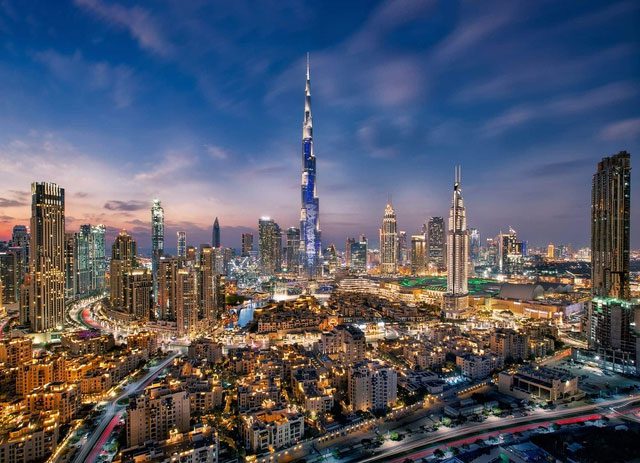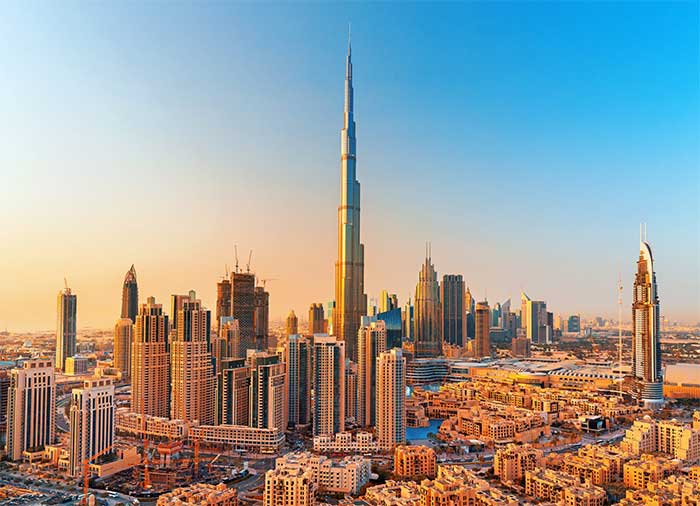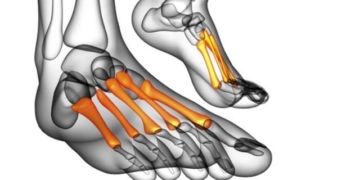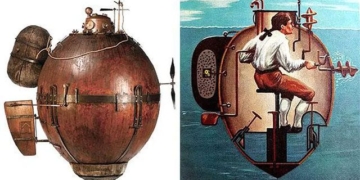It turns out this is the reason why the world’s tallest building, Burj Khalifa, is not connected to Dubai’s sewage system.
The World’s Tallest Man-Made Structure Without Underground Sewage
Located in the prosperous heart of Dubai, Burj Khalifa stands as the tallest building in the world, reaching an impressive height of 828 meters. This skyscraper is twice the height of New York’s Empire State Building and three times taller than the Eiffel Tower in Paris. Furthermore, it has surpassed the Taipei 101, which was once the tallest building in the world at 508 meters.
The Burj Khalifa resembles a needle piercing the sky of Dubai, overshadowing the famous Burj Al Arab. It is also one of the most renowned destinations in the world, attracting thousands of tourists each year.
The construction of the Burj Khalifa began in 2004 and took five years to complete, involving 12,000 workers, 110,000 tons of concrete, 31,000 tons of steel reinforcement, 26,000 glass panels, 22 million construction hours, and a total cost of more than $1.5 billion (over 36.7 trillion VND).

Burj Khalifa is the tallest building in the world with an impressive height of 828m. (Photo: Internet).
According to experts, the foundation of the Burj Khalifa alone took two years to complete. Made with the most advanced technologies, this foundation allows the tallest building in the world to withstand sandstorms with wind speeds of up to 240 km/h. By 2010, this luxurious destination opened its doors to visitors.
With such a massive investment, Burj Khalifa has earned numerous world record titles, including the highest elevator rescue height and the highest swimming pool within a building.
It can be said that Burj Khalifa is a marvel of architecture and engineering. However, few know that the wastewater system of this modern building in Dubai is not connected to the city’s sewage system. Every day, orange tankers come to transport tons of waste to specialized treatment facilities. Why is this the case?
Unraveling the Reason
According to eightify.app, when the Burj Khalifa project was nearing completion, Dubai was heavily affected by the financial crisis in 2008. At that time, Dubai had substantial debts, estimated at around $65 billion, equivalent to 56% of their GDP.
With no income tax and a heavy reliance on tourism and investments for revenue, Dubai has one of the most “open” economies in the world, always welcoming investors from around the globe. During the tough times, they had to accept a $20 billion bailout from Abu Dhabi in 2009 to avoid bankruptcy due to the global financial crisis.
At this point, Dubai was in desperate need of funds, and focusing on completing this record-breaking structure was a strategy to attract and generate additional revenue instead of collecting taxes to pay off debts.

Instead of connecting to Dubai’s sewage system, Burj Khalifa decided to transport waste outside. (Photo: Internet).
During the rushed construction process, Dubai deemed a wastewater treatment system to be a waste of money and unnecessary. Developers believed that transporting waste daily by tanker would be cheaper than upgrading the sewage system. Therefore, instead of connecting to Dubai’s sewage system, Burj Khalifa opted to transport waste outside.
However, contrary to expectations, when the tallest building in the world opened, the amount of waste generated was much higher than anticipated. With a capacity of 35,000 people, Burj Khalifa produces 15 tons of wastewater daily, causing waste management in Dubai to exceed its capacity. At times, tankers had to wait for hours to transport tons of waste to treatment plants.
To address this situation, in 2017, Dubai seriously planned to improve its sewage system with a budget of $30 billion to eliminate the need for orange tankers. This plan is expected to be completed by 2025.




















































